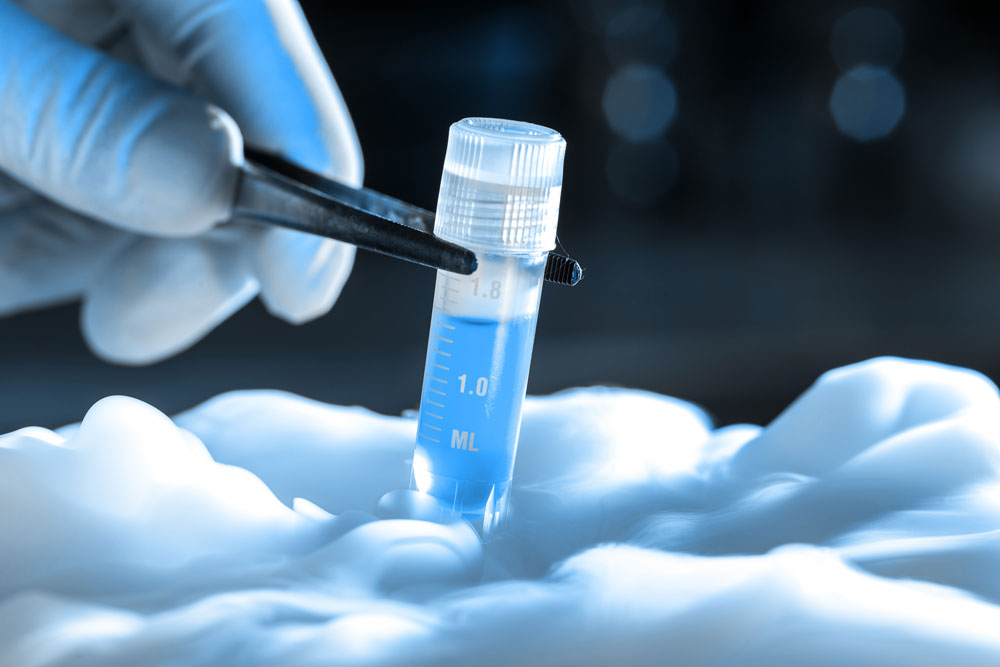If you are looking into starting a family in the future, you and your partner may have considered freezing sperm. Sperm freezing is excellent insurance against infertility and gives couples the option to have biological babies. But getting facts about the sperm freezing Fort Worth process can be elusive. Read on to find out what it is like to freeze your sperm.
Who freezes their sperm?
You may consider sperm freezing if you have been diagnosed with testicular or prostate cancer and treatment involves surgery to remove one or both of your testicles. Children diagnosed with cancer and those who have attained puberty can also consider freezing their sperm; this is usually under the counsel of their parents or guardians. Sperm freezing can also help you preserve fertility if you are approaching older adulthood and still want to have babies in the future.
What is the sperm freezing process?
Before sperm freezing, you will require blood work to screen for sexually transmitted infections. Expect to complete a lot of paperwork, including legal forms, questionnaires, and a contract. Your healthcare provider will ask you to abstain from sexual intercourse for two to three days before depositing a sample. If you are comfortable, give your sample in a private room at the sperm bank or a fertility center; this allows the sperm to be frozen when fresh. Keep in mind that the number of living sperm cells and activity declines within minutes of ejaculation.
To collect the sperm, you will be given a sterile cup in which you are to deposit the sample after masturbating. The only recommended way to collect the sample is through a manual orgasm by the patient or their partner.
Some patients prefer to collect the sample at home for personal or religious reasons. When done outside a fertility clinic, the patient may be given a clinic-provided condom and should only use a clinically-approved lubricant. Also, home-collected samples should be brought to the clinic within an hour for analysis.
During the analysis, a specialist checks the samples for sperm quality, shape, and movement; this determines if a patient needs to provide more samples. Generally, a person should bank about three to six samples for each desired pregnancy, depending on their sperm quality.
The samples will then be separated into multiple vials before a lab technician specializing in cryoprotectant agents freezes the sperm cells. If your samples don’t contain sperm or you cannot ejaculate, you can have a surgical retrieval. In this case, your doctor removes sperm directly from the testicle.
What are the possible complications of freezing sperm?
Sperm freezing and banking are safe processes with no risks other than the cost. But in men with extremely low sperm counts, there may be no sperm when a sample is thawed. The freezing does not damage sperm. For over a decade, healthy babies have been born from previously-frozen sperm.
Additionally, no increased risks of congenital disabilities are reported in men who freeze their sperm. The number of cases of congenital disabilities among thousands of children conceived with frozen sperm has been no different than those conceived through sexual intercourse.
If you have further questions about sperm freezing, consult your healthcare provider at CARE Fertility.









